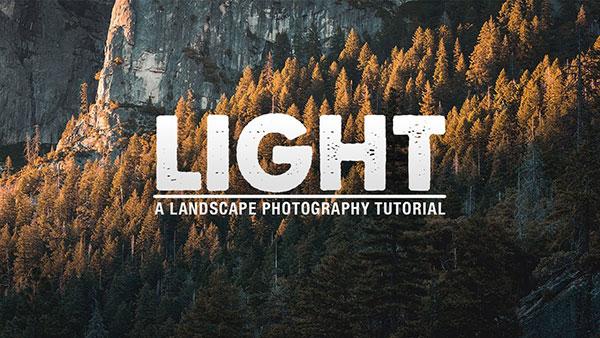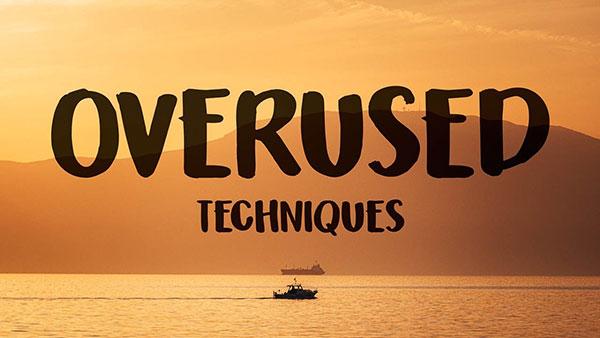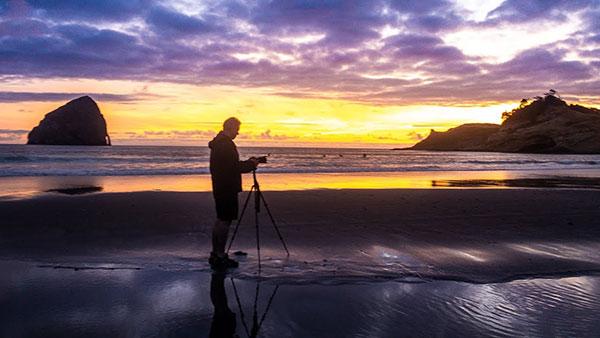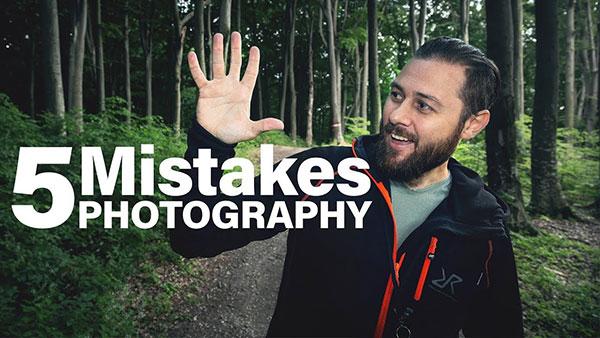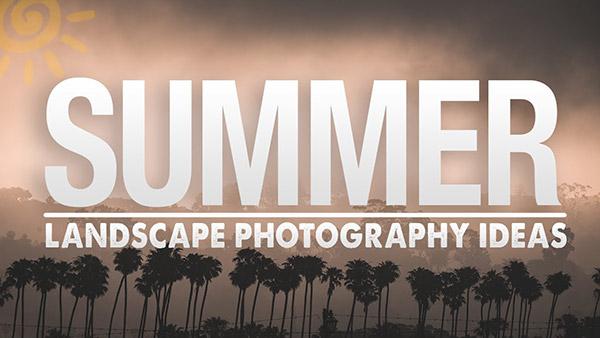Nature Photography How To
Sort By: Post Date TitlePublish Date
|
Aug 21, 2019
|
Aug 14, 2019
|
Aug 12, 2019
|
Jul 30, 2019
|
Jul 29, 2019
|
Jul 24, 2019
|
Jul 22, 2019
|
Jul 18, 2019
|
Jul 17, 2019
|
Jul 10, 2019
|
Jul 03, 2019
|
Jun 24, 2019
|
Jun 05, 2019
|
May 30, 2019
